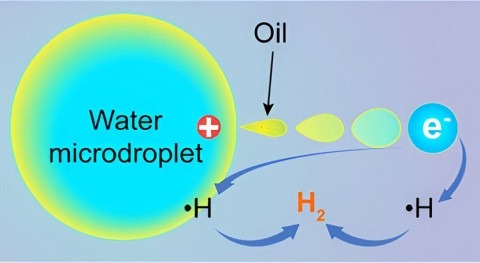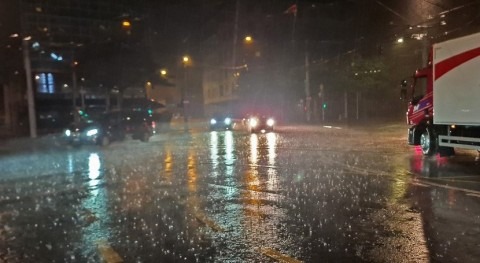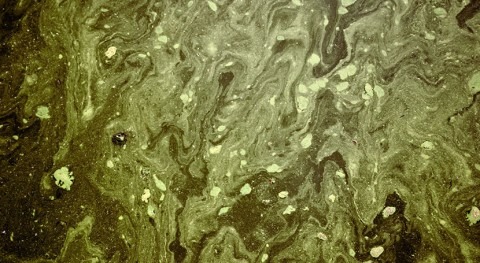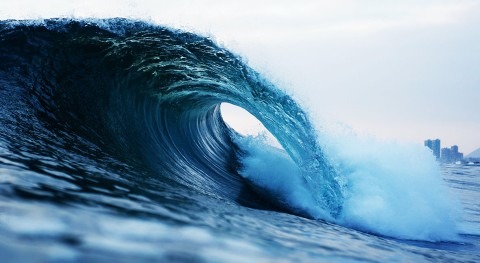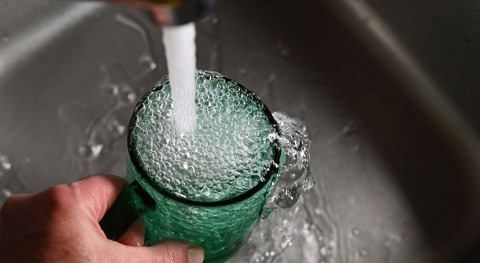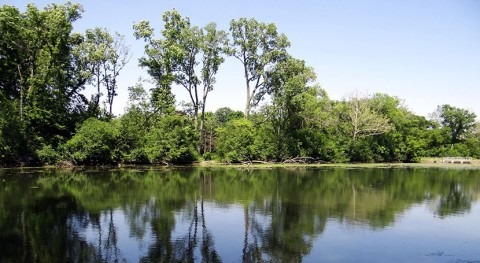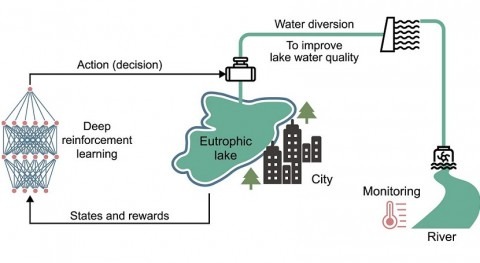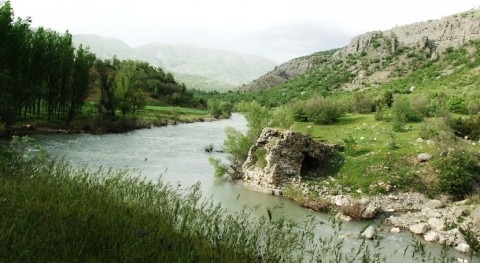The ‘third pole’ is the planet’s largest reservoir of ice and snow after the Arctic and Antarctic. It encompasses the Himalaya–Hindu Kush mountain ranges and the Tibetan Plateau. The region hosts the world’s 14 highest mountains and about 100,000 square kilometres of glaciers (an area the size of Iceland). Meltwater feeds ten great rivers, including the Indus, Brahmaputra, Ganges, Yellow and Yangtze, on which almost one-fifth of the world’s population depends.
Climate change threatens this vast frozen reservoir (see ‘Third pole warming’). For the past 50 years, glaciers in the Himalayas and Tibetan Plateau have been shrinking. Those in the Tian Shan mountains to the north have lost one-quarter of their mass, and might lose as much as half by mid-century. Their meltwater is expanding lakes. River flows at the start of summer peak earlier than they did 30 years ago. And weather patterns are shifting. A weaker Indian monsoon is reducing precipitation in the Himalayas and southern Tibetan Plateau; snow and rain are increasing in the northwestern Tibetan Plateau and Pamir Mountains.
Researchers still don’t understand why these changes vary so much across the region, or how they will pan out. Some rivers in central Asia, such as those feeding the Aral Sea, are projected to gradually dry up. Others — such as the upper Ganges, Brahmaputra, Salween and Mekong — are likely to swell, at least until 2050.
Already, Tibetan communities are dealing with the impacts of collapsing glaciers. In October 2018, debris dammed the Yarlung Tsangpo River, which forms the headwater of the Brahmaputra, threatening areas as far afield as Bangladesh with flooding.
Communities need information to help them manage risks and water supplies. They need to know which glaciers are melting fastest, and how changing snowfall and a warmer climate are affecting the accumulation and disappearance of ice and the volumes of rivers and lakes...
For more information, please refer to Nature.




